Hi-Fi Hall of Fame
Technology Inductee
Music Streaming
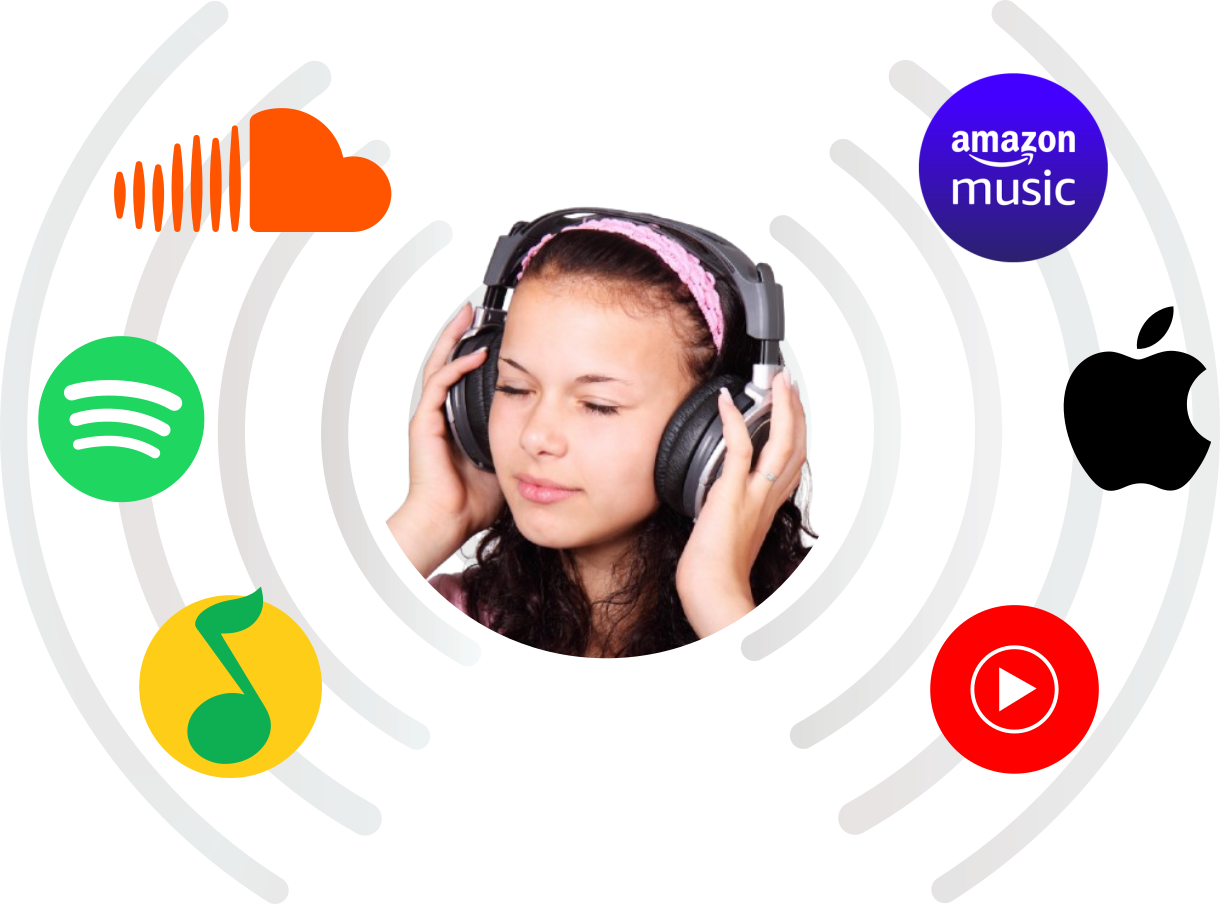
Introduction
For many years, Hi-Fi enthusiasts purchased all of their music on physical media such as records, tapes, and Compacts Discs, and then they would play the music on phonographs, tape decks, and CD players. There was also broadcast radio, where listeners could hear music and talk from a local broadcaster through a radio receiver, in exchange for listening to some advertisements.
But in the early 21st century, the rise of the Internet enabled a new technology to emerge: music streaming. With this new technology, music could be streamed from a service provider to a wide range of Internet-connected music players without the need to purchase any physical media.
Let’s look at how this technology has transformed the way that we listen to music, and why it is being inducted into the Hi-Fi Hall of Fame.
The Rise of Music Streaming
Hi-Fi systems have always been designed to play music from a variety of sources. In the early 20th century, there were wax cylinders, shellac records, and AM radio. By the middle of that century, people were enjoying music on a number of analog sources, including open reel tape, cassette tapes, 8 track tapes, vinyl records, and FM radio broadcasts. By the 1980s, digital technologies began to displace analog, and Hi-Fi systems were equipped to play Compact Discs (CDs) and Digital Audio Tapes (DATs).
These were all physical media, designed to be mass produced in factories, shipped to retailers, and sold to customers who would take them home for listening. Hi-Fi enthusiasts would assemble collections of records, tapes, and CDs to play at home or on a portable player.
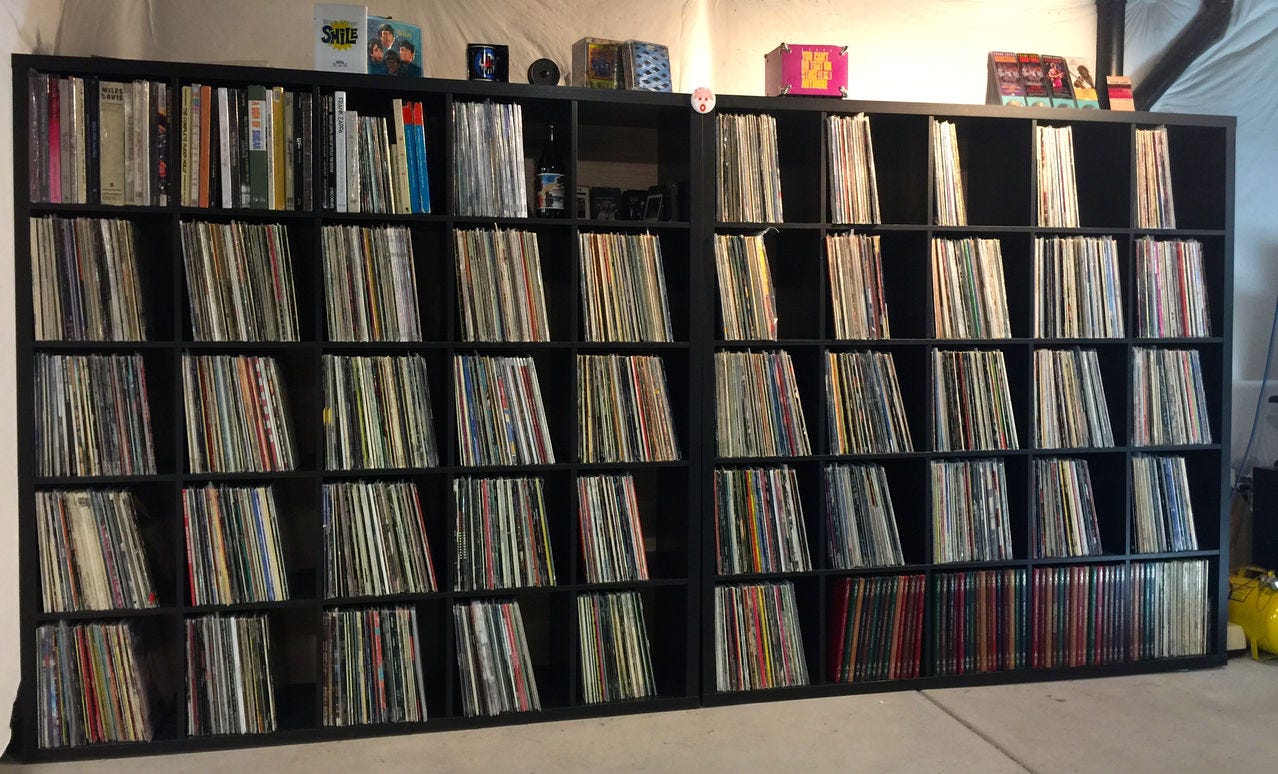
But starting in the 1980s, a new technology was quickly gaining popularity: the Internet, and the “World Wide Web” of websites that were connected to it. Developers created a non-real-time capability called “Peer-to-Peer” sharing, that allowed people to share files over the Internet. It was relatively easy to “rip” analog content into a digital form, and to “share” music on websites such as Napster.
People began to build “Peer-to-Peer” networks which allowed file sharing. Unfortunately, this combination of capabilities was ideal for sharing MP3 files, and so people began to “share” music with the community. Sharing, in this case, was tantamount to stealing, as people quickly realized they could download as many songs as they wanted at no cost. The most successful P2P network was Napster, which did a lot of damage to the commercial music industry.
By the 1990s, the Internet had evolved to the point that it could support music streaming. Streaming uses the Internet to transport music from a commercial operator’s “servers”, across a series of networks, to the consumer. A streaming service could stream music to millions of users at the same time.
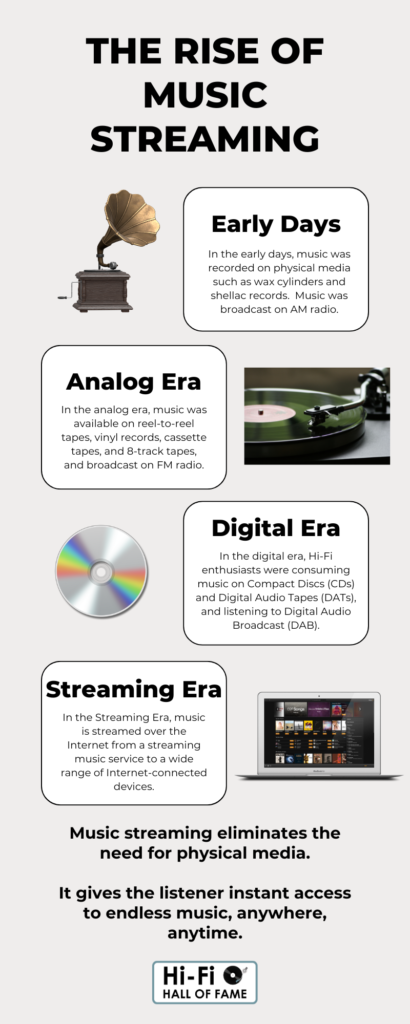
The earliest commercial operators to offer music streaming were Rhapsody, which launched around 2001, and Pandora Radio, in 2005. Over the next few years, more companies entered the business, including Yahoo!, YouTube, and Spotify. The era of music streaming had begun.
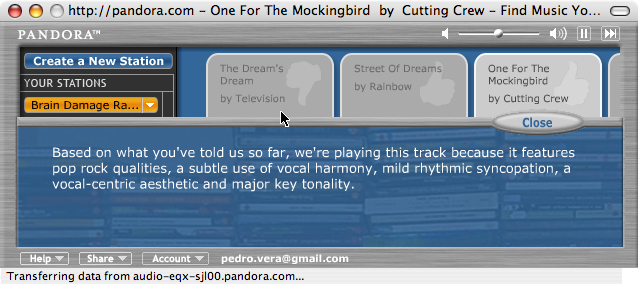
These days, music streaming has revolutionized the way we consume music, transforming it from a physical or download-based format into a seamless, on-demand experience. Streaming allows users to listen to a vast library of songs, albums, and playlists over the internet without the need to store large files on their devices. This method of delivering music has not only changed listener habits but also reshaped the music industry itself.
Using Streaming to Listen to Music (How it Works)
Music streaming works by sending data over the internet in “real time”. When a user selects a song or album, the streaming service sends a stream of small “packets” of data to the user’s device. These packets are buffered and played almost instantly, creating a smooth listening experience. The process relies on advanced technology to manage data compression and bandwidth usage, ensuring high quality playback, even on slower connections. Popular music streaming services, such as Spotify, Apple Music, and Amazon Music, employ a network architecture called a “Content Delivery Network” (CDN) to distribute their content efficiently, reducing latency (delay) and enhancing the user experience.
Essentially, music flows through seven “steps” on it’s way from the artist to the listener, as shown in this infographic.
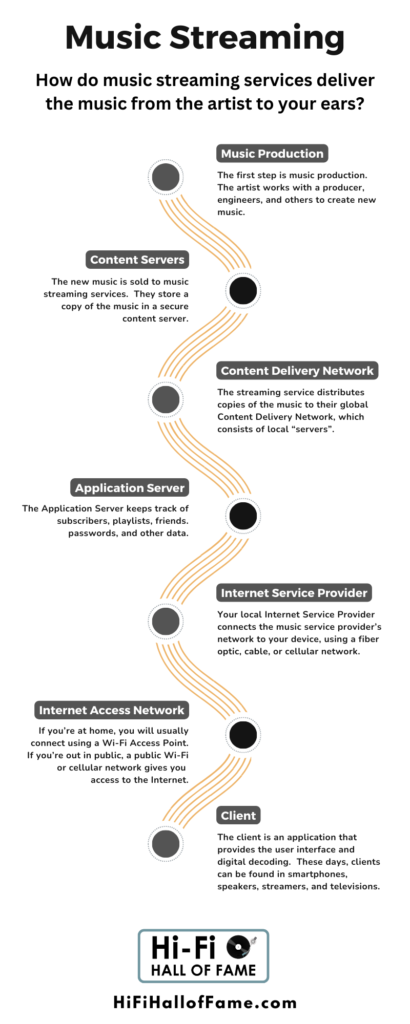
Step 1: Music Production
The music production process involves creating and recording a song, typically starting with songwriting and composition, followed by arranging and recording the instrumental and vocal tracks. This step includes editing, mixing to balance audio elements, and mastering to enhance sound quality, culminating in the final polished track.
Step 2: Content Servers
Once the music is ready for the public, music streaming services purchase licenses from record labels and artists to offer their music on the platform. This involves complex negotiations and royalty agreements. The licensed music is converted into digital audio files, and stored on secure Content Servers.
Step 3: Content Delivery Networks
The streaming service distributes the digital audio files onto local servers, which are all part of a global Content Delivery Network (CDN). This improves that the listening experience by reducing “latency”, improving reliability, and enhancing security and scalability.
Step 4: Application Server
The streaming service employs an application server that keeps track of all the subscriber data, including the devices, passwords, playlists, and other information. Algorithms track trends and behaviours to make sure users see and hear music that they will enjoy.
Step 5: Internet Service Provider (ISP)
The streaming service provides a connection to Internet Service Providers all over the world. The ISP provides the data connection between the music streaming service and your local access network.
Step 6: Internet Access Network
Depending on where you are, and which device you are listening on, an Internet Access Network provides that final connection between the ISP and your device. The access network could be a Wi-Fi network in your home or office, or a wireless (cellular) network in public, or even a wired fibre optic connection in your living room.
Step 7: Music Streaming Client
The final step on the journey is when the data “packets” are fed into a client installed on your phone, streamer, or smart device. The client is also known as an “app” when it’s installed on a mobile phone or tablet. The client, or app, performs two essential tasks. First, it provides a user friendly interface for searching, browsing, and playing music. Second, it will “decode” the digital packets into a continuous stream of analog music for playback.
“Codecs” and Sound Quality
For Hi-Fi enthusiasts, one of the most important aspects of music streaming is the sound quality. People take a lot of care, and often spend a lot of money, to get the best quality sound out of their Hi-Fi systems, and so they want a music streaming service that provides high fidelity sound.
When streaming music, the sound quality depends largely on the software that does the “encoding” and “decoding” of the music. Encoding is the process where the music gets converted into a digital’ “stream” of data that can be sent over the Internet to millions of listeners. Decoding is the process at the listener’s end where the digital stream is converted back into an analog form that can be enjoyed as music. These coding technologies play a crucial role in balancing the sound quality, file size, and transmission efficiency.
A “codec” is a software or hardware tool used to compress and decompress digital media files, such as audio and video. The term “codec” stands for compressor-decompressor or coder-decoder. Codecs are essential in reducing the file size of media to make storage and transmission more efficient while aiming to maintain the quality as much as possible.
Codecs can be either “lossy” or “lossless”. Lossy codecs discard some data during compression to achieve smaller file sizes. This can result in some loss of quality, though often imperceptible to human senses. Lossless codecs compress data without any loss of quality, though the resulting file sizes are larger compared to lossy codecs.
Here are some of the popular codecs that are used in music streaming services.
MP3 (MPEG Audio Layer III)
MP3 is one of the oldest and most widely used audio coding formats. It is a “lossy” codec that compresses the audio by removing some of the data deemed less critical to human hearing, in order to reduce the amount of data required. This was important in the early days of the Internet, when network capacity was low. While MP3 is less efficient than some newer codecs, it remains widely compatible and is still used in some streaming and download services.
Because MP3 was the first codec that achieved widespread success, and “set the stage” for the development of other codes, MP3 was inducted into the Hi-Fi Hall of Fame. Click here to read our profile of the MP3 codec.
AAC (Advanced Audio Codec)
AAC was developed by the same organization that created MP3, and provides better sound quality than MP3 at similar bit rates. It’s widely used across various platforms, including Apple Music, YouTube, and other digital media players. Like MP3, it is a lossy codec.
AAC strikes a balance between file size and sound quality, making it a common choice for mainstream music streaming services. It supports bit rates from low to high, providing flexibility based on the available bandwidth and desired quality.
Ogg Vorbis
Ogg Vorbis is a free, “open source” lossy codec known for its efficiency and sound quality. Anybody can tinker with open source technologies like Vorbis, unlike standardized formats like MP3 and AAC, which can only be modified by an authorized standards body.
Spotify is one of the notable streaming services that uses Ogg Vorbis. Vorbis provides a balance of quality and file size that works well for streaming environments. It supports variable bit rate (VBR) encoding, which helps maintain consistent sound quality.
FLAC (Free Lossless Audio Codec)
FLAC is a lossless audio coding format, meaning it compresses audio files without any loss of quality. FLAC retains all of the original audio data, ensuring that playback is identical to the source material. This makes FLAC a preferred choice for audiophiles and music enthusiasts who prioritize sound quality.
Although FLAC files are larger than those encoded with lossy formats, some high fidelity streaming services like Tidal and Qobuz offer FLAC streaming options for users who demand superior audio quality. High Resolution (“Hi-Res”) versions of FLAC provide the highest quality sound, with 24 bit resolution and 192 kHz sampling rate.
ALAC (Apple Lossless Audio Codec)
ALAC is Apple’s proprietary lossless audio codec. It is similar to FLAC in terms of providing full quality sound without any data loss. It is used for encoding high-resolution audio while maintaining manageable file sizes. ALAC is the codec used by Apple Music for its lossless streaming options, appealing to users within the Apple ecosystem who prioritize audio fidelity.
Music Streaming Devices
These days, users can choose from a wide range of devices for music streaming. Often, the music streaming capability is pre-installed on the device, so the user just needs to enter their account information to start listening.
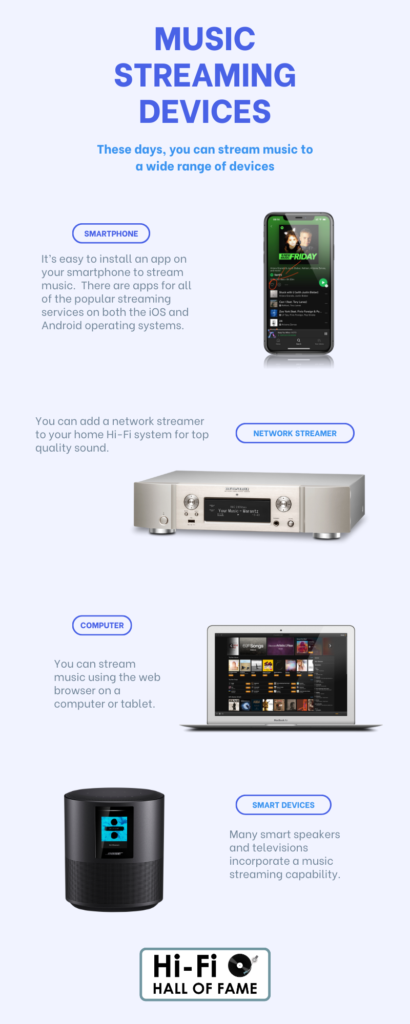
Music Streaming Services
There are many different music streaming services to choose from. Here are some of the most popular services, and we’ve included links to their websites if you’d like to check them out yourself.

Spotify was inducted into the Hi-Fi Hall of Fame in the “Business” category and you can read our profile of Spotify here.




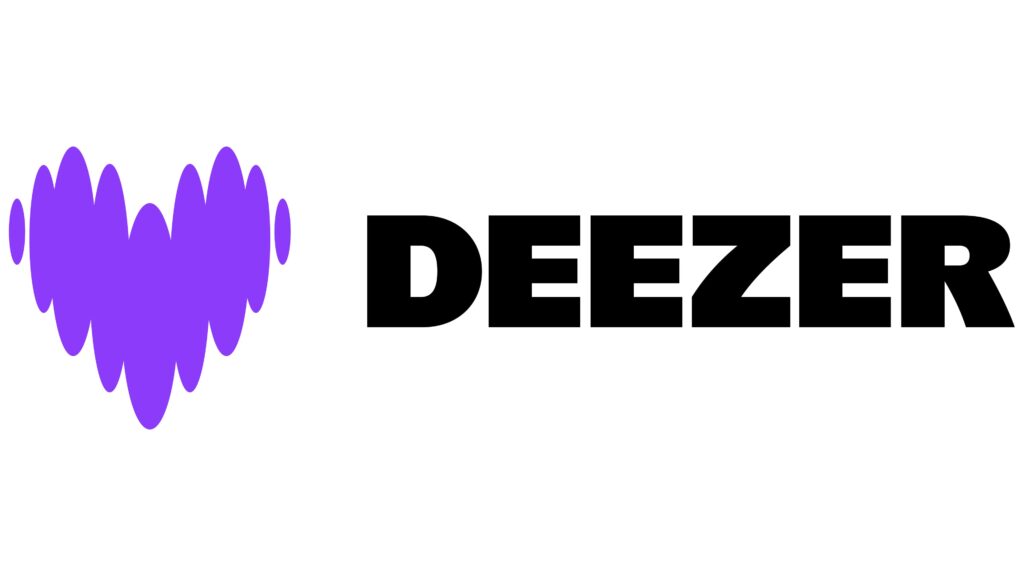




Music Streaming: Induction into the Hi-Fi Hall of Fame
In just a few short years, music streaming has become one of the most popular technologies for listening to music. Hundreds of millions of people listen, and the reach extends every year to more people. Streaming services make it easy for people to listen to their favourite songs, to discover new music and artists, and to share with their friends and family.
The sound quality is improving every year. Those early services were rather poor quality, due to the poor quality of Internet connections and the use of lossy, low quality codecs. The quality of those codecs has been improving steadily, and the introduction of High Resolution and Lossless codecs has boosted the performance. Music streaming has evolved from “MP3 quality” to “CD quality” or better in just a few years.
Music streaming is available on a wide range of devices, from simple and cheap to expensive high end audiophile quality. If you just want to listen through your phone, the “app” is free. Combine this with a free music streaming service, and you have an inexpensive way to listen to a lot of music. On the other hand, if you have invested in a great Hi-Fi system, you can add a high performance network streamer, pay a little extra for one of the high end streaming services, and you will be able to enjoy truly high fidelity sound quality.
Finally, there are a wide range of music streaming services to choose from, offering a wide range of music libraries, features, and price points.
For all of these reasons, Music Streaming is inducted into the Hi-Fi Hall of Fame in the “Technology” category.